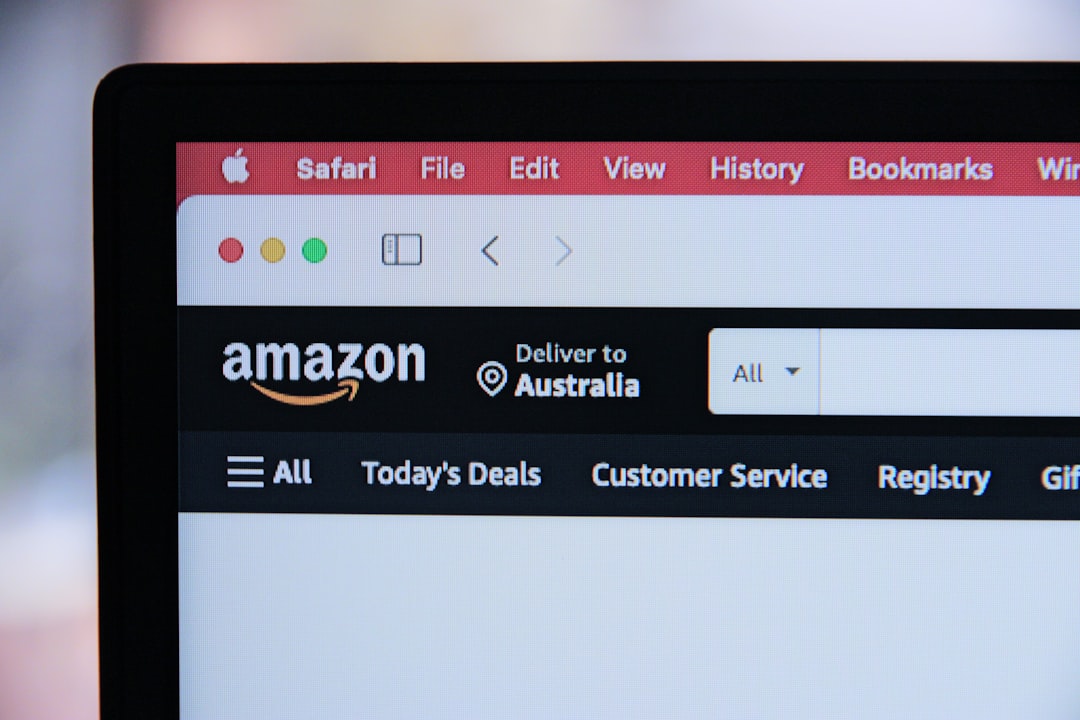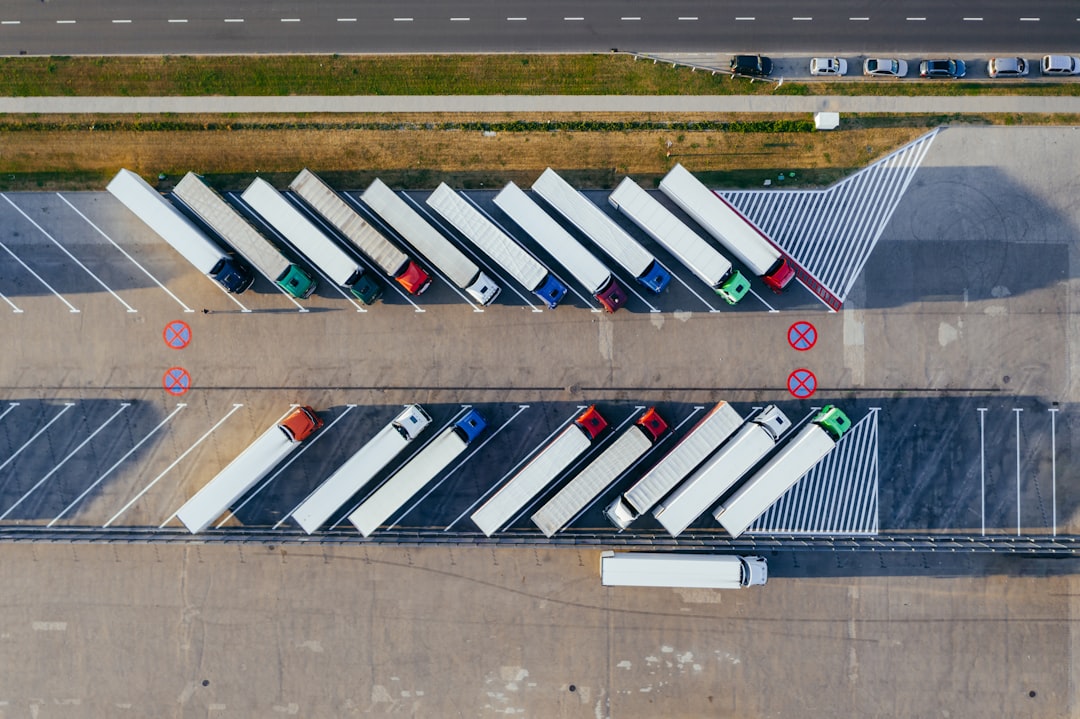Overview
The findings of the 2022 State of Logistics Report were recently unveiled at the National Press Club in Washington, D.C. Produced annually for the Council of Supply Chain Management Professionals (CSCMP) by global consulting firm Kearney and presented by Penske Logistics, the publication provides a snapshot of the American economy through the lens of the logistics sector and its role in overall supply chains.
This year's report is a comprehensive compilation of leading logistics intelligence from around the world. It provides insight into industry trends and key findings on evolving supply chains across a number of sectors. A key statistic generated by the report is the United States business logistics costs, or USBLC. In 2021, USBLC increased by 22.4% to $1.85 trillion, representing 8% of 2021's $23 trillion GDP.

Rising Supply Chain Costs
The rising cost of storing, handling and finance for inventory has led to uneven supply chains and inconsistent product availability for consumers. Business inventories have dropped to near historic lows, and the costs associated with these items have risen considerably. Inventory-carrying costs rose by 25.9% in 2021, and transportation costs jumped 21.7%, leading to difficulties for consumers trying to access products. Within the transportation sector, air cargo faced shortages and record-high spot rates in 2021, as global travel bounced back sharply from the 2020 pandemic shutdowns. In response to these trends, companies have been increasingly turning to digital platforms and automation to manage their logistics needs. This is evident in the rise of warehouse robotics spending, which is expected to hit $27 billion by 2025. Automation can help reduce costs and improve efficiency in the supply chain while also providing greater visibility into inventory levels.
The Return of Manufacturing in America?
It is expected that efforts to increase multi-shoring will accelerate. Companies are seeking to have operations move closer to the United States in order to respond quicker to fluctuating market demands. The COVID-19 pandemic first amplified and then exacerbated the trends that had already been playing out in the global economy for some time, such as the continued increase in China’s share of world trade, the rise of other developing countries as centers of production, and more recently, the effect of tariffs on global supply chains. These trends have led to a reevaluation of where companies locate their manufacturing operations.
E-commerce Fueling Last-Mile Delivery Volume
According to the study, last-mile delivery volume is trending upward. The report notes that e-commerce sales grew 10% last year (to $871 billion), accounting for 14% of U.S. retail sales. Last-mile delivery is a $100B industry and is growing at 15% annually. This growth is being driven by the continued shift to online shopping, as well as the rise of same-day and next-day delivery options.



TL & LTL
Trucking freight is continuing to see more volume and opportunities. Road freight, which accounts for the largest segment of the U.S. supply chain spend, grew by 23.4% last year, reaching a total spend of $831 billion. Capacity utilization is at historic highs, and equipment is becoming scarce, particularly for dry van and reefer.
Looking Ahead
It is clear that USBLC was elevated by a significant margin in 2021 and we at Corvita Group expect this increase in logistics spend to continue in the coming years. To combat this, brick and mortar retail locations may begin transforming their business model to one where customers "buy online and pickup in store", turning a good portion of their real estate into a micro-fulfillment center, greatly reducing their final-mile delivery volume. On the other hand, distribution centers could leverage retail stores, left empty from the pandemic, to bring goods closer to their final destination. While this comes with its own challenges such as, inventory visibility across locations and order fulfillment routing, the benefits may outweigh the cons. As last mile volume continues to trend upward, strategically placed micro-distribution centers could see significant savings, along with improved customer satisfaction.
Find the full report Here or contact us below to find out how Corvita Group can help your business continue to grow in any environment.